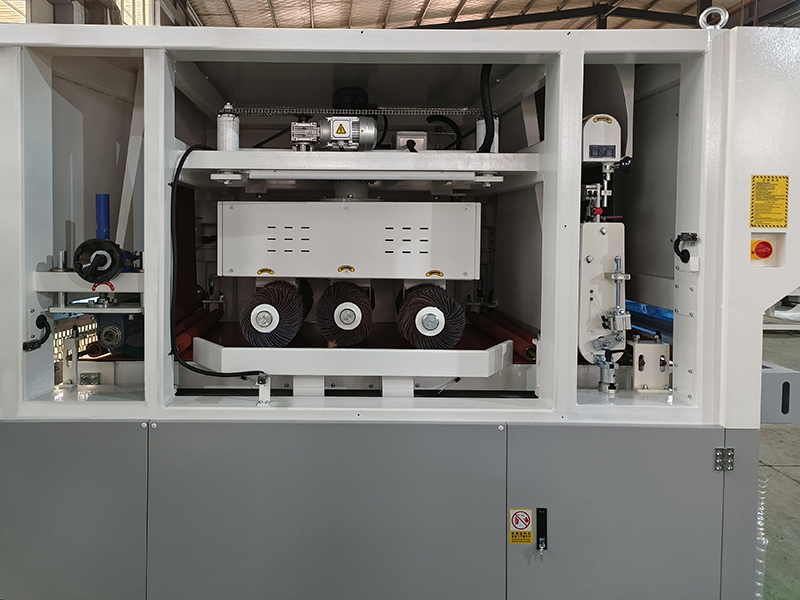
We are happy to develop a suitable equipment-matching plan for you.
Three Main Types of Burrs:
—Flip burrs:
Flip burrs are the most common type of burrs, and they look like small curled pieces of metal sticking out of the workpiece.
—Poisson burrs:
Poisson burrs occur when the edge of the workpiece is stretched too much laterally.
—Separation burrs:
Separation burrs have the characteristic of protruding upward and seem to be separated from the workpiece.
The importance of deburring:
1. To avoid issues with positioning and tightening mechanical parts, reduce scrap rates, and decrease the risk for installers. You can achieve this by preventing burrs. Burrs can negatively impact the functionality of mechanical parts. Lowering the presence of burrs can improve overall efficiency and safety.
2. Avoid burrs to prevent data errors and enhance product quality and lifespan.
3. Eliminate wear and failure caused by the presence or fall of burrs during the use of mechanical parts.
4. Smooth mechanical parts without any rough edges will allow the paint to stick better. This will create a consistent texture and a pleasing look. Additionally, the paint will be more durable and provide a strong coating.
5. Mechanical parts with burrs are prone to cracks during heat treatment, which reduces the fatigue strength of parts. You cannot ignore deburring parts that bear loads or run at high speeds.
Of course, you can reduce the generation of burrs as much as possible. Advanced laser-cutting machines can process sheet metal parts with fewer burrs. Careful stamping can help reduce burrs on parts and minimize the need for grinding consumables in deburring machines.
There is no doubt that perfect sheet metal manufacturing is the basic guarantee for improving competitiveness and reliability. To satisfy customers, think about the cost, efficiency, and quality of deburring. Decide if you should buy good deburring equipment. Sheet metal processing companies are increasingly incorporating deburring and chamfering into their parts processing process, whether through manual operation or mechanical processing.

Used for batch deburring of laser cutting and stamping parts, blunting of sharp edges, surface polishing, etc.










